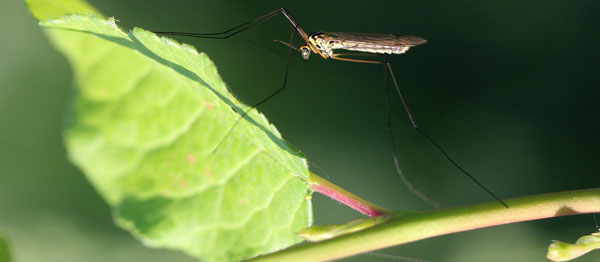
Dec 28, 2018
Mosquitoes are responsible for spreading three of the deadliest insect-borne diseases in the world: malaria, dengue and yellow fever. Of these, malaria impacts the most people worldwide. According to the World Health Organization (WHO), about 40% of the world’s population is at risk for malaria. Two of the most effective ways to protect oneself against insect-borne diseases are through proper insect repellent use and increased awareness across the globe.
With an abundance of products on the market – such as creams, sprays, patches, coils and natural oils – knowing each product’s ingredients and side effects is essential for maximum protection and safety. Many developing countries, especially in the Asia-Pacific region, opt for synthetic insect repellent options due to their low-cost and long-lasting power. However, the market for natural insect repellent products is expected to grow significantly as more people seek out eco-friendly, skin-friendly options.
Active Insect Repellent Ingredients and Effects:
Fueling the use of both natural and synthetic insect repellent products is the push for greater awareness of insect-borne diseases. As diseases such as yellow fever, malaria, West Nile virus, lyme disease, chikungunya and Zika virus have spread across mainly developing countries, educational efforts and funding have significantly increased.
The Against Malaria Foundation (AMF) is one of the major organizations distributing insecticide-treated mosquito nets to developing countries. Government funding has also aided in insect repellent distribution, in addition to spreading awareness of insect-borne diseases.
With a focus on health awareness across developing – and developed – education systems, more people are becoming aware of the prevalence and detrimental effects of insect-borne diseases. Fueling this educational advancement is the increased global literacy rate, especially in low-middle income regions. According to the World Bank, the global literacy rate rose from 84.6% in 2010 to 86.3% in 2016.
Furthering the push for insect-borne disease reduction are the many government programs, seminars, advertisements and literature related to the topic. Additionally, healthcare professionals are investing in insect repellent usage training, and many companies are providing their employees with critical information related to insect-borne diseases.
As a result of this increased awareness, along with the multitude of natural insect repellent products on the market, more people are able to make safe decisions regarding insect repellent use and protection. However, combating insect-borne diseases is a process that nations across the globe must consistently make a priority in order to support a healthy, well-informed population.
For more information on the global market for insect repellents, refer to the report “Insect Repellents: Global Markets Through 2023.”

Biophotonics: Technologies and Global Markets (PHO024B)

Global Trade: A Strategic Shift The global trade environment is undergoing a dra...

The global demand for cutting-edge materials continues to rise, and at the foref...

We are your trusted research partner, providing actionable insights and custom consulting across life sciences, advanced materials, and technology. Allow BCC Research to nurture your smartest business decisions today, tomorrow, and beyond.
Contact UsBCC Research provides objective, unbiased measurement and assessment of market opportunities with detailed market research reports. Our experienced industry analysts assess growth opportunities, market sizing, technologies, applications, supply chains and companies with the singular goal of helping you make informed business decisions, free of noise and hype.